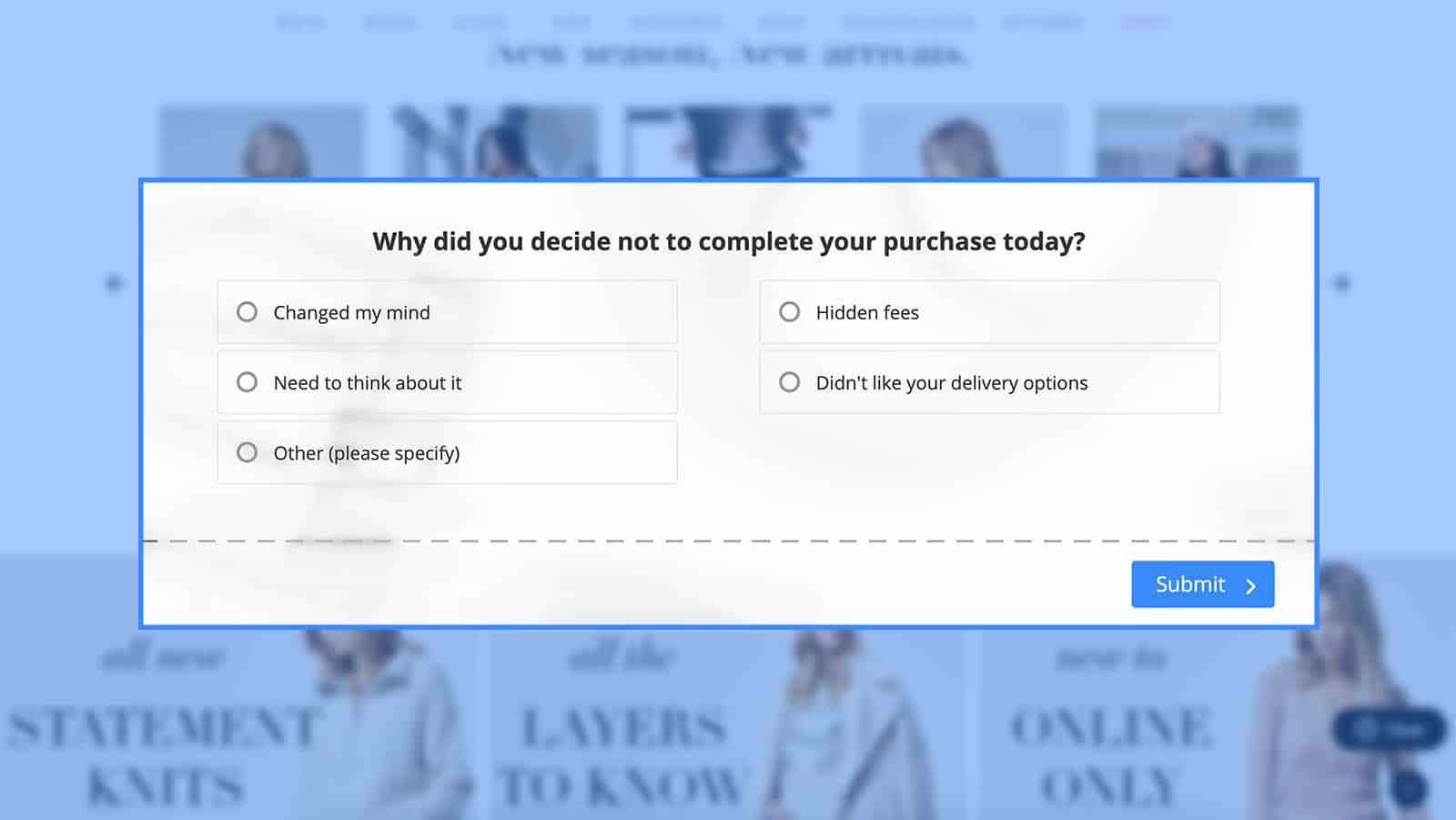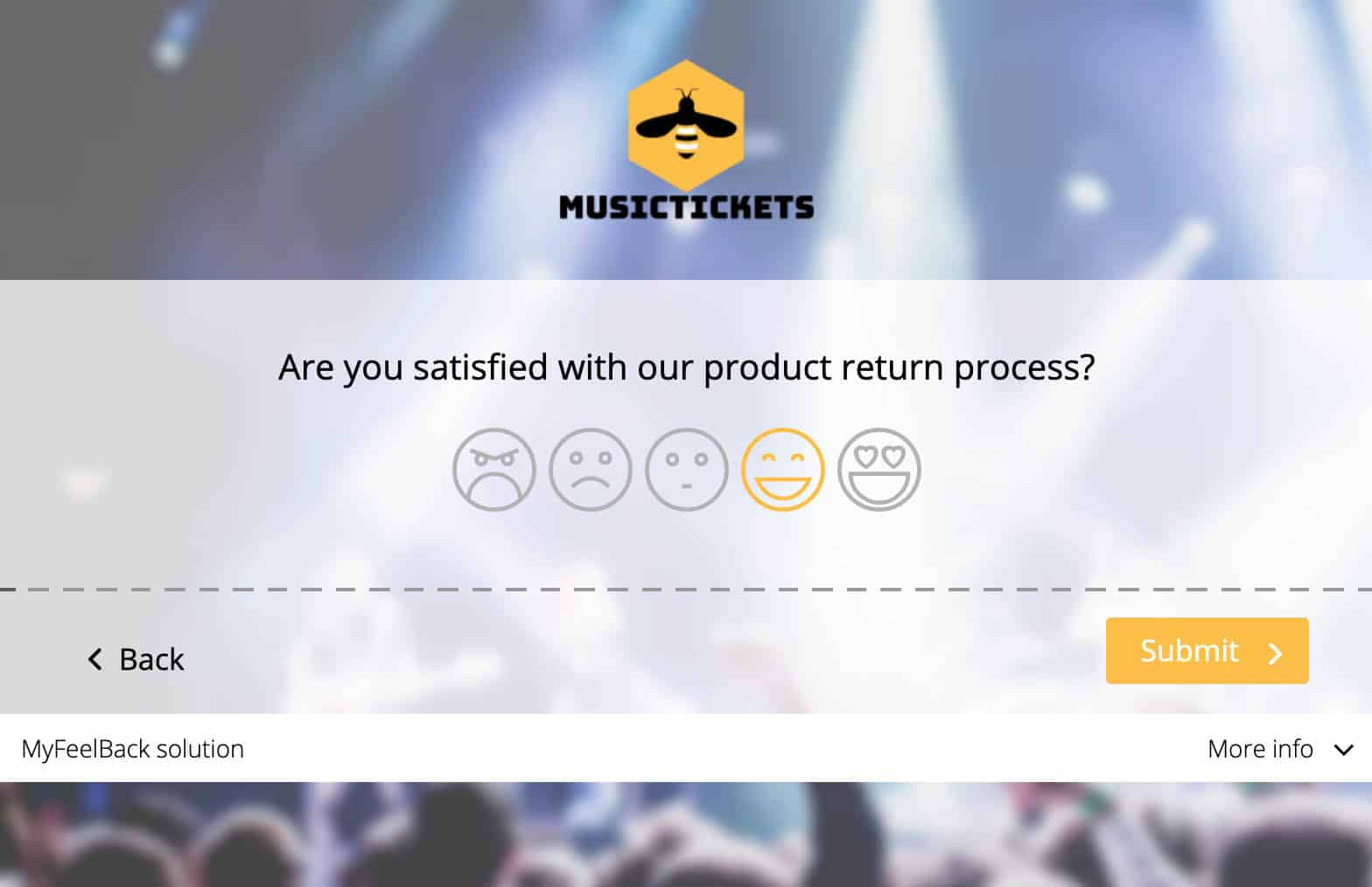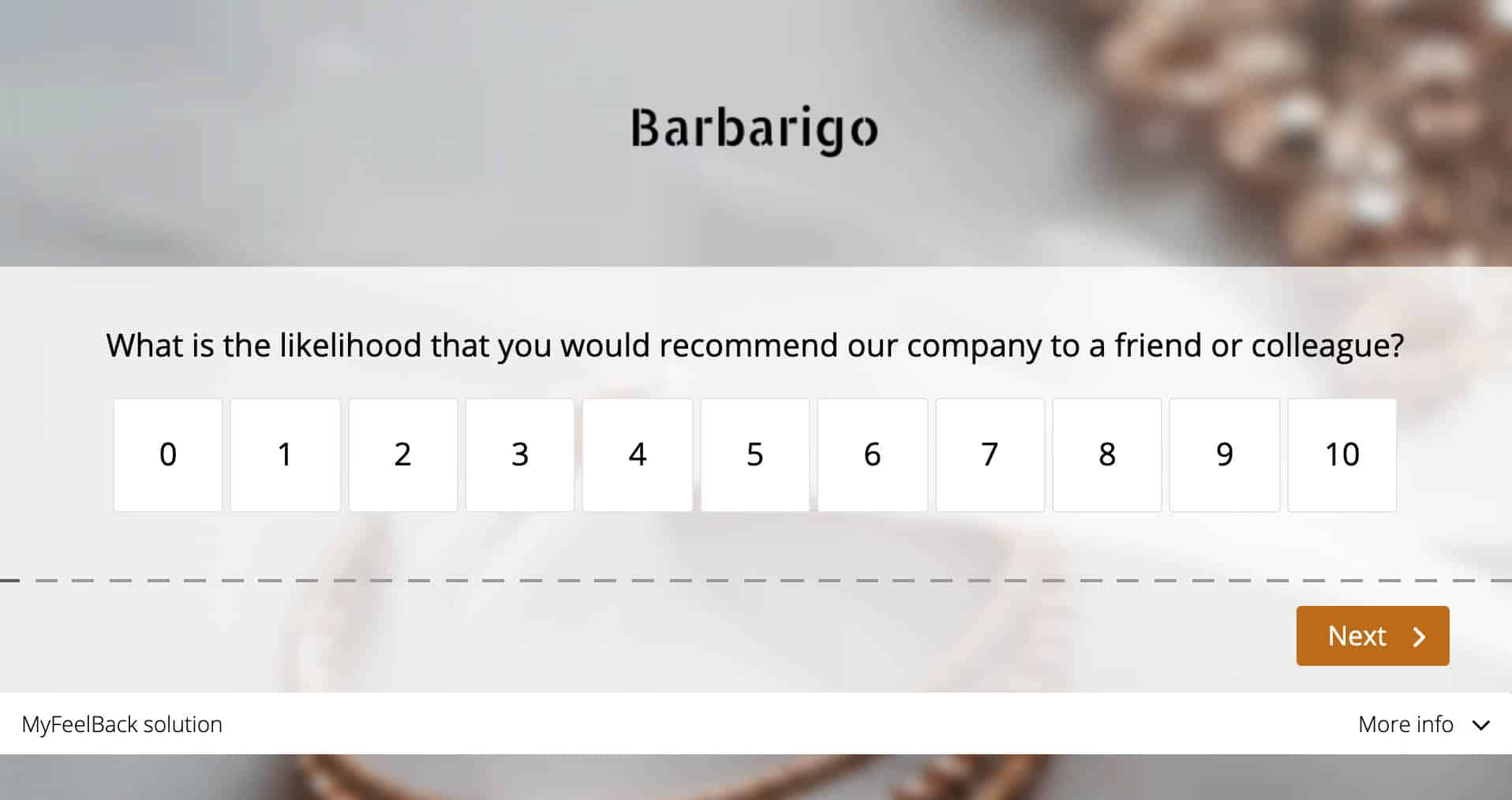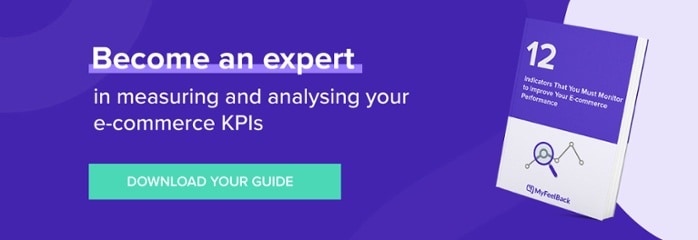Improving customer satisfaction in e-commerce is a major lever for increasing sales and building customer loyalty. But to improve customer satisfaction, you must first measure it and get to know your customers better. How? Read this article to find out! The e-commerce customer journey includes 5 key stages: pre-purchase, purchase, delivery, customer relationship, and customer...
Improving customer satisfaction in e-commerce is a major lever for increasing sales and building customer loyalty.
But to improve customer satisfaction, you must first measure it and get to know your customers better. How? Read this article to find out!
The e-commerce customer journey includes 5 key stages: pre-purchase, purchase, delivery, customer relationship, and customer retention. We will present ideas for surveys for each of these stages. Some are satisfaction surveys, others customer knowledge surveys, and they all aim to stimulate the customer relationship and activity.
Your customers’ answers will help you identify areas for improvement on your journey and considerably increase customer satisfaction in the short, medium and long term.
Stage 1 – Pre-Purchase – 4 Survey Examples
Discover 4 examples of surveys to measure the satisfaction of your “customers” (or more like “visitors”) at the pre-purchase stage.

First contact
A visitor comes to your e-commerce site. It’s their first visit. You know nothing about them, other than that they are a potential customer! To find out more about this visitor and initiate a relationship, we suggest triggering a web survey to get to know them better.
Top tip: use behaviour metrics (time spent on the page, number of pages visited, scrolling, mouse movement, etc.) to trigger the survey at exactly the right time and manage marketing pressure.
This survey will aim to:
- Qualify the customer and buyer profile.
- Qualify the customer needs and expectations.

The survey also serves as a collection tool, enabling you to collect your new visitors’ email addresses.
Content Browsing
The visitor browses content on your e-commerce site, such as a product file, or an article on your blog, if you have one. Analysing which pages the visitor looks at can help you find out more about them and what they’re looking for. You can identify their interests from the pages they visit.
We recommend creating contextualised surveys, based on the main content of your e-commerce website, in order to engage in a more relevant dialogue and collect your visitors’ email addresses. We suggest waiting a few seconds before triggering a survey; the longer a visitor stays on a page, the more interested they are in the content. This is a good practice in marketing pressure management.
Another alternative is to trigger the survey in the form of a pop-up when the visitor is about to leave the page.
Basket Abandonment
Let’s now move along to the next step on the customer journey. The visitor has added products to their basket but decides to leave the site without confirming their purchase. In this case, we recommend triggering a survey in the form of a pop-up as soon as an exit intent is detected. This is known as an “exit pop-up”. To create this survey and know which questions to ask your exiting visitor, read our article: “How to Effectively Fight Cart Abandonment?”.
Site Abandonment
Your visitor is about to leave your website without adding anything to their basket. They are not abandoning their basket, but they are still dropping out of their journey. Why did the visitor leave so early? Ask them in a web survey triggered in the form of an exit popup, following the same logic as the previous example.
A site abandonment survey, like a basket abandonment survey, will help you identify areas for improvement on your website (ergonomics, navigation, product sheets) and your offer (product catalogue), as well as trigger visitor activation.

Surveys for this “pre-purchasing” stage all share 3 aspects:
- They are triggered on the e-commerce site, in the form of a pop-up, chat or button.
- They encourage the visitor to move forward on their journey, into the conversion tunnel.
- They enable you to collect email addresses from anonymous visitors to your online shop, in order to contact them later.
Stage 2 – Purchase – 3 Survey Examples
We will now present 3 survey ideas to deploy at the purchasing stage.

Online Order
We suggest asking visitors who have just ordered a product on your e-commerce site for feedback, in order to assess their purchasing experience. The quality of their purchasing experience, and more specifically the steps prior to placing an order, is essential. It has a strong impact on converting visitors into customers, and also on customer retention.
You can deploy this survey on the website, by triggering it when the order confirmation page opens.
Order Confirmation
This follows the same logic as the example above. The order confirmation email is the perfect moment to measure your customers’ purchasing experience and their satisfaction with your online ordering process.
Order Cancellation
When a customer decides to cancel an order placed on an e-commerce site, it’s a good idea to ask them why. This is similar to basket abandonment and site abandonment surveys. Analysing the reasons for an order cancellation can help you identify areas to work on in order to limit this cancellation rate. The survey could also be used to present other product suggestions.
Stage 3 – Delivery – 2 Survey Examples
Delivery is a moment of truth on the e-commerce customer journey.

Below are two survey ideas to measure your customers’ satisfaction with this key stage:
Order Dispatch
Most e-commerce retailers send an automatic email to their customers when an order has been dispatched. Customers expect this informative email, as they do the order confirmation email.
Why not take advantage of this email to ask your customers about your delivery terms and conditions? Are they satisfied with your delivery options, times, cost, and follow-up service? This survey will enable you to find out your customers’ level of satisfaction, but also to identify irritants in your own delivery policy (or areas for improvement).
Order Receipt
You can also send a satisfaction survey after your customer has received their order, to measure their satisfaction with the receipt and perceived quality. Does the product they ordered meet their expectations?
Stage 4 – Customer Relationship – 4 Survey Examples
Below are 4 suggestions of surveys to send to your customers after their first purchase has been delivered.

Claims or Return Requests
Let’s take another step forward in the e-commerce journey. The visitor has now become a customer, they have bought a product that has been delivered. As you know, customers are not always satisfied with their product and may file a claim and/or a product return request. It is interesting to place a survey at this stage to understand why.
Claim Closed or Return Completed
We suggest sending your customers a survey to measure their satisfaction with the way their claim was handled.

Product Use
We also recommend sending a satisfaction survey to your customers to ask them about product quality. Does the product meet their demands and expectations? If not, why? This survey can be sent up to two weeks after receipt of the product. To decide when exactly to send it, consider the amount of time required for the customer to form an opinion about the quality of your product. You should wait longer for an experiential product (e.g.: software or a service).
After-Sales Service
As you already know, an efficient customer service is very important. We strongly recommend measuring satisfaction with your customer service.
To find out more, read our article: 10+ questions to ask your customers after an interaction with your call center
Stage 5 – Customer Retention – 3 Survey Examples

Finally, here are 3 ideas of surveys to improve your customer retention:
Loyalty or Referral Programmes
Loyalty or refer-a-friend schemes are precious tools to increase customer retention, extend lifetime value and develop brand preference. We believe that it is very important to measure customer satisfaction with these programmes and the benefits they offer. This is the best way to identify areas for improvement.
Feedback or Product Reviews
This survey is based on the Net Promoter Score. It consists in using the NPS question to identify your promoters and to invite them to express their opinion on a review page. The idea is simple; customers who answer 9 or 10 on the NPS question are automatically redirected to a survey page, including a message and a link inviting them to write a review.

Customer Inactivity
With time, some customers become inactive and stop buying. They are known as “dormant” customers. We recommend targeting your dormant customers to… wake them up! Or in marketing terms, reactivate them, and also understand why they were inactive.
We are now reaching the end of this article. We hope that these surveys have given you some ideas to improve your customer satisfaction. All our examples reflect the 3 main purposes of surveys:
- Measuring customer satisfaction.
- Getting to know your customers better and/or “understanding” them better (which is not necessarily the same thing).
- Activating your customers or reactivating, them like in the last example. Surveys should be considered as true marketing tools!








